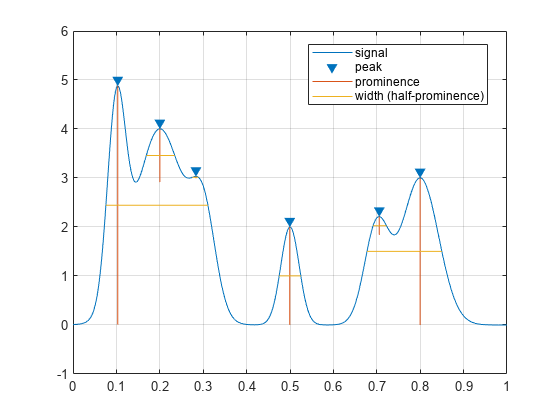
Red laser sources (632.8 nm) are certainly a less exciting source, but fluorescence may be an unwanted effect. Nevertheless, it has been demonstrated that these wavelengths work well for CMs at temperatures > 300 ☌, but in low-grade CMs, the excitation power of the green laser can affect the different parameters obtained after fitting and thus the estimated temperature values.

Ĭoncerning the laser wavelength used as the excitation source for RSCM applications, green lasers (e.g., 514 and 532 nm) are generally selected to avoid fluorescence issues. Based on this parameter, the authors proposed a flowchart classifying the CMs as low-grade, medium-grade, high-grade, and well-crystallized graphite.
Peak width fityk full#
These authors considered not only the intensity of the bands related to ordered and non-ordered CMs, but also the full width at half maximum (FWHM) of the Raman bands, after fitting the experimental patterns. studied 19 samples from South-West Japan and metamorphosed at temperatures from 165 to 655 ☌. Moreover, different authors investigated the best profile deconvolution approach with which to obtain quantitative parameters required to apply the Raman spectroscopy of carbonaceous material (RSCM) as a geothermometer. considered the R1 = (D1/G)H parameter, where the subscript H indicates that the ratio is based on the heights of the Raman signals. To extend the applicability of the geothermometer from 100 to 700 ☌, Rahl et al. Since Beyssac et al.’s 2002 work, other parameters have been considered in spectral analysis. This geothermometer is described by Beyssac et al., as reliable for temperatures in the range of 330–650 ☌ as, at lower temperatures, the R2 parameter displays no significant variations. The authors proposed an empirical equation relating temperature to the parameter R2 = (D1/(G + D1 + D2))A, where D1 and D2 are the bands produced by the disordered CMs, G indicates the band of the ordered CMs, and subscript A indicates that the ratio is based on peak areas. For example, Beyssac and co-workers studied 54 samples of regionally metamorphosed sediments from several outcrops by Raman spectroscopy.


However, the reliability and reproducibility of data attained from the CM crystalline order, deduced from Raman patterns, as a geothermometer, are strongly affected by the procedure used to perform spectral deconvolution. As it concerns the petrographic field, the degree of crystalline order of CMs in the sample has been proved to be dependent on the temperature conditions attained by the hosting rock during the metamorphic process. Micro-Raman spectroscopy has been proved to be a worthwhile technique for characterizing carbonaceous materials (CMs) in widely different rock types. Consistent results were obtained using 532 and 632.8 nm laser sources when the appropriate deconvolution approach was used. These results agree with the independent geological and petrological constraints. The obtained temperatures highlight two clusters: one at 340–350 ☌ for the samples collected in the axial part of the Alpine chain, and the other at 200–240 ☌ for those collected in the external thrust-and-fold belt. Several deconvolution procedures and parameters were tested to optimize the collected spectrum morphologies for the laser sources, also in accordance with the low temperature expected. Micro-Raman spectra were collected using two sources: green (532 nm) and red (632.8 nm) lasers. In this study, a set of carbonate-mylonite rocks (Italian Alps) were investigated using micro-Raman spectroscopy, in order to infer the deformation conditions associated with the Alpine thrusts, expected to occur at T < 350 ☌. Raman spectroscopy of carbonaceous material successfully allows the study of carbonate rocks at a temperature as high as 650 ☌.

The use of Raman spectroscopy of carbonaceous material (RSCM) is largely devoted to the study of deformed rocks hosted in thrust-tectonic settings. Carbonaceous materials (CMs) have been widely used to assess temperatures in sedimentary and metamorphic carbonate rocks.


 0 kommentar(er)
0 kommentar(er)
